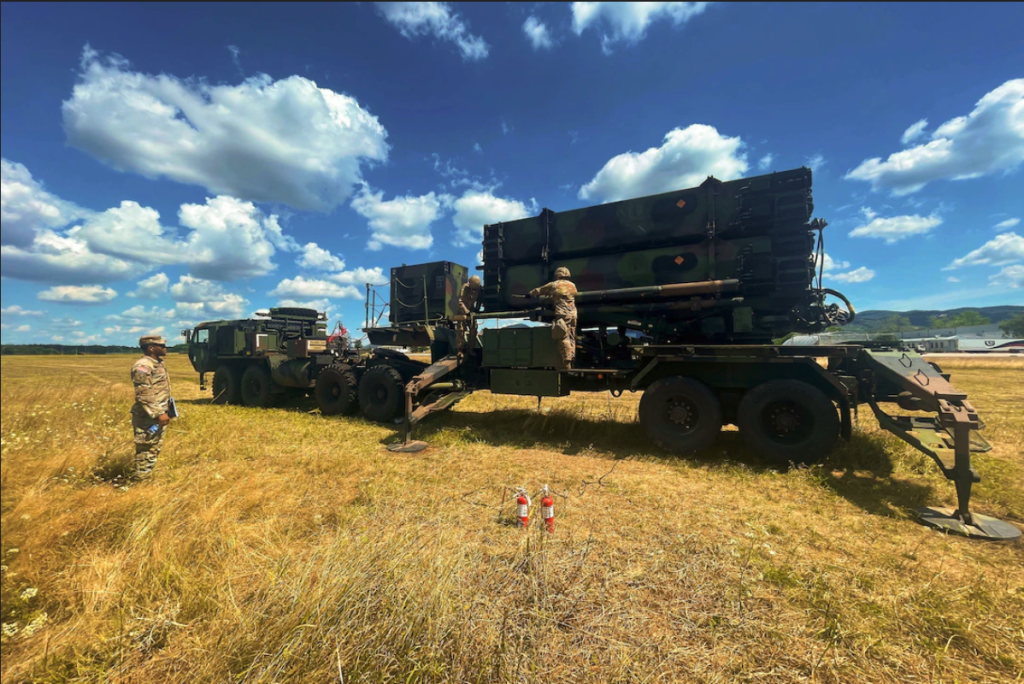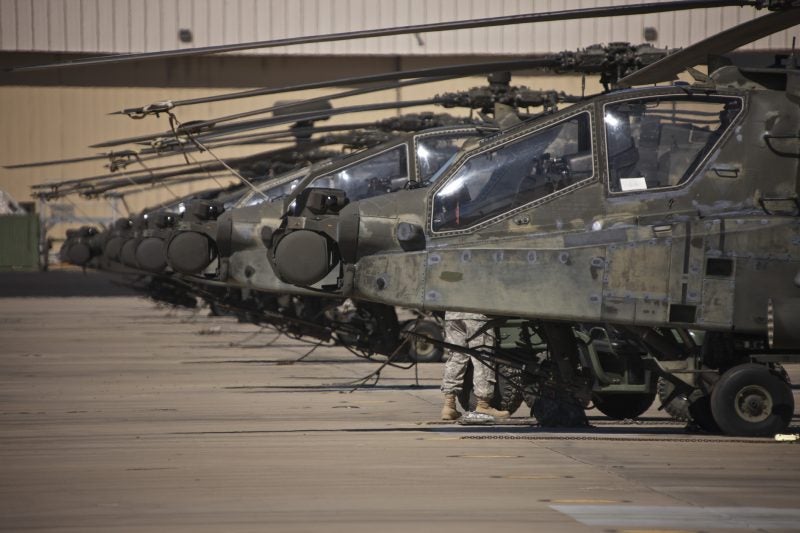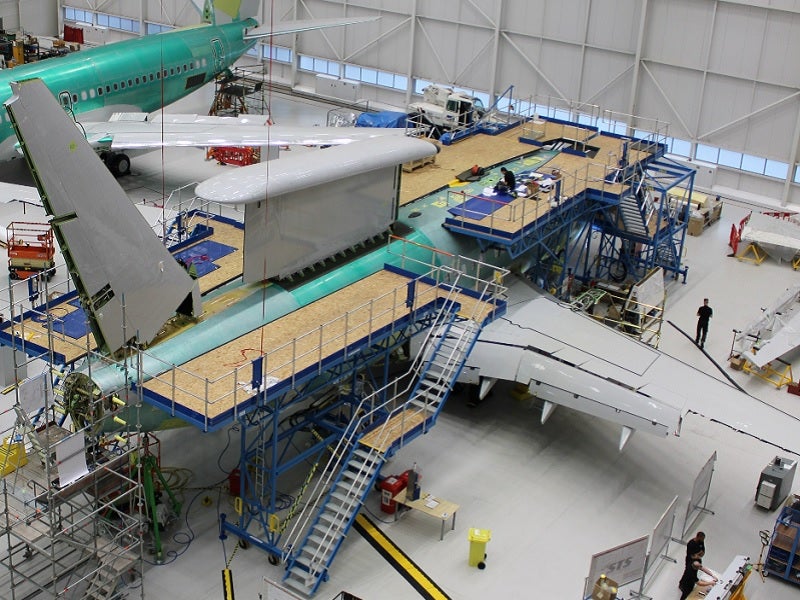
Airforce-technology.com/wp-content/uploads/image-digitalinsightresearch/nri/airforce/features/f-35-engines/rsz_power_shift_4.jpg” />
The first competitively sourced National Security Space launch contract in over ten years will see SpaceX provide a total one-stop solution for a Global Positioning System (GPS) III satellite, including launch vehicle production, mission integration, operations and spaceflight certification. Worth a 'firm-fixed price' of $82.7 million, this standalone contract is scheduled to launch the second GPS III satellite into medium Earth orbit (MEO) from Cape Canaveral Air Force Station in May 2018.
Looking beyond that immediate objective however, could this possibly signal the start of a shake up for the whole sector?
Radical departure
In one respect, it already has. This was the first of no fewer than nine competitive launch service contracts planned in the FY2016 President's Budget Request under the USAF's Phase 1A procurement strategy, covering awards with funding through fiscal years 2015 to 2018 and marks a radical departure from the previous approach.
Throughout Phase 1, ula – a Lockheed Martin Space Systems and Boeing Defense, Space & Security joint venture – was the only certified launch provider, ensuring sole-supplier status for all USAF launches with the award of a 2013 contract for a block-buy of 36 rocket cores. With SpaceX receiving certification to join the military launch market in May 2015, competitive source procurement returned to the programme and the way is now open, at least in principle, for the whole of the space industry to seek qualification to bid. The next opportunity – a second GPS III launch services package – will not be too long in coming.
The birth of this new competitive environment has not, however, been a particularly easy one. To say that there is history between ULA and SpaceX would be putting it mildly, with SpaceX having filed lawsuits opposing everything from ULA's formation in 2005, to the USAF's block-buying policy to date. When the Air Force released its request for competitive bids from the space industry last year, ULA declined the call, citing concerns regarding the congressional ban on the use of Russian rocket motors – used by their Atlas V – which had been enacted in the wake of President Putin's actions in Crimea and Ukraine.
Their decision seriously displeased the USAF and split opinion in the sector. Some saw it as sour grapes over the loss of its monopoly, while others viewed it as a straightforward commercial call, given that the SpaceX Falcon 9 rocket was being offered at roughly half the price of an Atlas V. As always, the truth probably lies somewhere between the two, but whatever the real reason the upshot was to leave SpaceX as the only horse in the race.
It has led to some speculation that the removal of one monopoly could simply result in it being replaced by another, and while it may be simplistic to see monopolies as driving prices up and competition down, there is undoubtedly an element of truth in this opinion. Cutting the cost of launches is an enduring challenge for the sector, and one that has been thrown into sharp relief by the new era of reinvigorated competition.
Competing on costs
ULA itself has embarked on a major initiative to enable the company to be more competitive by shedding some of its workforce, restructuring processes and looking to develop a new launch vehicle. This will see the company's 3,700-strong workforce reduced by a quarter across its five sites by 2017 through early retirement and employee buyouts, and the removal of first the Delta IV and subsequently the Atlas V from its fleet, to be replaced by its new Vulcan rocket.
Even so, with a stated goal of eventually achieving launches for under $99 million, set against SpaceX's current $62 million, it looks as if ULA will still struggle to compete. Nevertheless that could all change and the emergence of a rival for US national security launches might yet prove to be the driver for a fundamental and long-awaited step-change in both the costs and logistics of getting into space.
Despite all the advances in technology in the almost half a century that separates them, from putting a man on the Moon to getting Major Tim Peake to the International Space Station (ISS), space flight still relies on the same kind of expendable rocket systems that first launched Sputnik into low elliptical orbit in 1957. While satellites have evolved almost out of recognition, rockets have remained essentially the same.
There is broad consensus across the sector that re-usability is the key to providing cheaper and more affordable access to space, and both SpaceX and ULA have their plans to make it happen.
For SpaceX, changing rocketry's established status quo involves vertical soft landing boosters after use, and it has already notched up an impressive string of milestones, including the first ever successful vertical soft landing return to Earth of a first stage rocket after an orbital launch mission in December 2015, and followed up by one on a drone ship at sea in April of this year. There have been other attempts before and since which did not go quite so well, but SpaceX is looking to achieve 70% success by the end of 2016, and aims for 90% for 2017 and beyond.
If so, it could shave 30% off launch cost in one stroke and provide one of the biggest shake-ups in the history of space flight – but saving money like this does not come cheap. Tory Bruno, ULA's president and CEO, has said that according to his calculations, just recouping the manufacturing and logistical cost of building and recovering a returned rocket booster would take ten launch cycles to achieve.
Helicopter catch
Two thirds of the weight of a typical rocket is made up of its cheapest individual elements – the fuel tanks – whereas most of the cost and complexity lies in the rocket motors themselves. Recovering the engines alone, Bruno's reasoning goes, is both an easier task and a markedly more cost-effective one.
Although the first of the Vulcans to enter service will not have this capability, the intention is that the design will ultimately be updated to enable the rocket motors to be jettisoned after use, and then fall back to Earth in a hypercone heat shield to float the last part of their journey on a parachute before finally being plucked out of the air by a recovery helicopter.
Speaking at the 32nd Space Symposium in Colorado Springs, Colorado in April, Bruno suggested that the break-even on this approach might be as few as just two uses.
Only time will tell how this particular contest will play out, and how it may shape the sector in the future, but it seems that arguably the biggest repercussion of SpaceX's breakthrough has already started to be felt, effectively calling into question the way America has managed its national space security for ten years.
Throughout the last decade, having only one possible route to get military assets into space inevitably put an enormous premium on ensuring that ULA could maintain their capability to launch at all times. To guarantee that, the USAF implemented a special 'launch capability contract' that was to pay $800 million per year until 2019. However, with SpaceX waiting in the wings and ULA deciding not to bid on the first competitive tender, questions have been asked over the point of that whole contract, and the Secretary of the Air Force, Deborah Lee James, has already started to look at ending it ahead of time.
For the sector the lesson is clear; in this newly competitive era, the days of 'paid readiness' are over.




